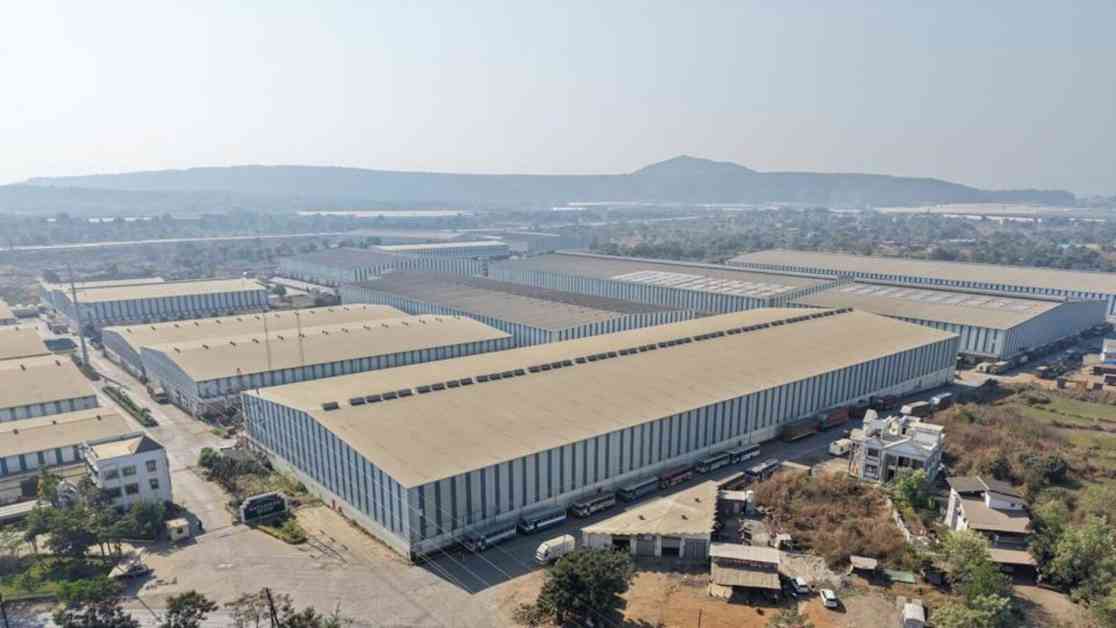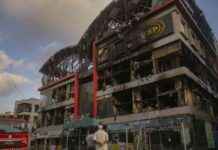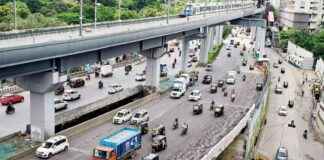The recent spate of fires in Bhiwandi’s bustling logistics hub has shed light on the glaring gaps in fire safety measures within the region. Situated on the outskirts of Mumbai, this sprawling complex houses over 30,000 warehouses brimming with a variety of goods, from daily essentials to potentially hazardous materials. The absence of a dedicated fire station within the hub has left the response to such emergencies to mere chance. When a fire erupts, a call is frantically placed to the three closest municipal corporations, and the one nearest to the site of the blaze rushes its fire tenders to the scene. This reactive approach underscores the pressing need for more proactive safety measures and infrastructure in this critical area.
A Looming Crisis: The Urgent Need for Fire Safety
The recent incident that unfolded at the logistics hub, where a devastating fire engulfed multiple warehouses for the second time in as many months, has highlighted the vulnerability of this key economic driver of Mumbai. The nerve center of e-commerce for millions in the Mumbai Metropolitan Region (MMR), this hub plays a pivotal role in sustaining the region’s economic ecosystem. However, the recurring instances of fire outbreaks point to systemic failures in ensuring adequate fire safety standards within the warehouses.
In a distressing parallel to the recent blaze, a similar incident occurred last year at the RK Logistics Warehouse complex, resulting in the destruction of three warehouses storing cosmetics. The echoes of this earlier catastrophe reverberated in the latest fire, which consumed warehouses housing perfumes. While no lives were lost in these incidents, the financial losses and property damage could have been mitigated with prompt intervention from a nearby fire station. Local officials lament the lack of a dedicated fire station and cite inadequate inspections and negligence on the part of warehouse owners as contributing factors to the frequent fire outbreaks in the complex.
The Unfolding Crisis: Challenges and Solutions
Over the past three decades, Bhiwandi has transformed into a bustling warehousing hub, accommodating nearly 30,000 godowns across the Thane-Padgha and Thane-Kaman-Vasai regions. Despite employing around 17 lakh workers, the actual number of facilities might be significantly higher due to unregistered warehouses. This exponential growth, coupled with regulatory hurdles, illegal godowns, and poor infrastructure, has turned this vital logistics hub into a potential powder keg waiting to ignite.
The complex falls under the jurisdictions of Bhiwandi rural and Bhiwandi city, with the majority of warehouses located in the former. The absence of fire-fighting facilities within the local gram panchayat necessitates emergency calls to neighboring municipal corporations during fire emergencies. However, the response time is often hampered by inadequate road infrastructure and traffic congestion, prolonging the arrival of fire tenders at the scene. As a result, fire experts emphasize the critical need for warehouses to have robust firefighting mechanisms in place, such as high-pressure water sprinklers and chemical foggers, to swiftly contain fires.
Sainath Tare, the chairperson of the Bhiwandi Warehouse Builder and Developers Association, underscores the pivotal role played by warehouses in the region’s economy. Despite their significant contributions, warehouses grapple with substandard infrastructure and limited government support, impeding their operational efficiency. To address these challenges, the state government’s initiative to develop 60 villages outside the Bhiwandi-Nizampur Municipal Corporation limits aims to establish 15 fire stations, with one nearing completion at Upper Thane.
Durraj Kamankar, a prominent figure in the consulting engineering realm and a Bhiwandi resident, sheds light on the prevalent safety lapses within the warehouses. Highlighting the transformation of rudimentary storage godowns into sophisticated warehouses leased to logistics companies, Kamankar underscores the need for stringent safety protocols and regulatory oversight. His insights underscore the urgent need for comprehensive safety measures and infrastructure upgrades within Bhiwandi’s logistics hub.
In conclusion, the recent fire incidents in Bhiwandi underscore the critical need for proactive safety measures and robust infrastructure to safeguard the region’s economic lifeline. As stakeholders and authorities work towards enhancing fire safety standards and response mechanisms, collaborative efforts are essential to avert potential disasters and ensure the well-being of workers and residents in this vital logistics hub.




















